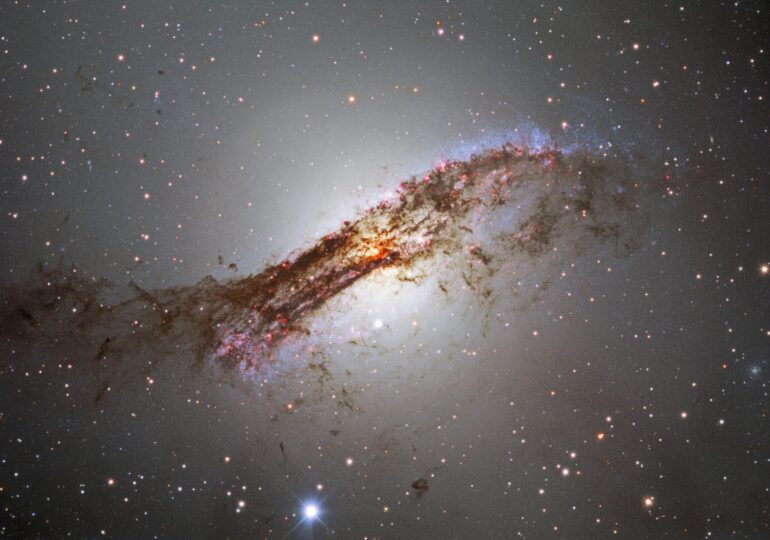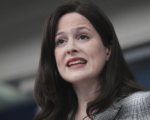U.S. Tightens Chip Export Controls Amid China’s Semiconductor Advances

The Biden administration has unveiled new export controls targeting critical technologies, including quantum computing and advanced semiconductor goods, as China makes significant strides in the global chip industry. Announced by the U.S. Department of Commerce, the new rules encompass quantum computers, advanced chipmaking tools, high-bandwidth chips critical for AI, and components related to metals and alloys. These restrictions are rooted in national security concerns and align with ongoing efforts to limit China’s technological advancements.
While China was not specifically named, the controls are consistent with a series of actions taken by the U.S. to curb Beijing’s developments in AI and computing technologies. The U.S. has also been working closely with international partners like Japan and the Netherlands, which have implemented similar controls. A 60-day public comment period will precede the finalization of these new rules.
The new export rules underscore the intensifying competition between the U.S. and China in areas like quantum computing, which both nations view as transformative for future technological leadership. As China continues to invest heavily in its chip-making industry to reduce reliance on foreign technologies, a recent analysis found that China’s semiconductor technology is now just three years behind the global leader, Taiwan Semiconductor Manufacturing Co. (TSMC).
Despite U.S. efforts to maintain technological superiority, there is some resistance within the global semiconductor industry. Companies like ASML, which have been restricted from selling advanced equipment to China, have expressed concerns about the economic impact of these controls. Similarly, South Korea has called for additional incentives from the U.S. to justify compliance with further export curbs. China, meanwhile, argues that the U.S.-led restrictions are anti-competitive and disrupt the global semiconductor supply chain.
These developments highlight the growing geopolitical tensions in the tech industry, with the U.S. seeking to protect its technological edge while China accelerates its self-sufficiency drive in critical technologies.





















